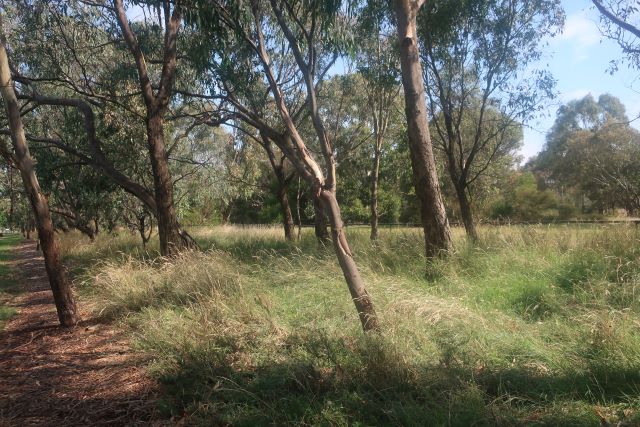
Linking Westgate Park & Royal Park
Small bush birds are disappearing from urban environments. Superb fairy-wrens persist at only seventeen sites in inner Melbourne, according to a recent report by Gio Fitzpatrick1. Two of those sites are Royal Park and Westgate Park.
Projects at Royal Park and at Yalukit Willam Nature Reserve in Bayside aim to extend their distribution and to entice them back. At Westgate Park, eighty Superb fairy-wrens, including many juveniles and immature birds, were observed in the bird survey on 23 March .
Superb fairy-wrens are isolated to a few places in Royal Park – at Melbourne Zoo, Trin Warren Tam-boore wetland and at the White’s Skink habitat. A citizen science project is underway to find out more about these resident birds. The fairy-wrens in Royal Park have been banded and people are invited to record their sightings on the Superb City Wren website.2
As Gio says, the birds are their own best ambassadors. They are great for a citizen science project as they are easy to identify. They’re not shy as some bush birds are. And watching their busyness lifts your spirits as much as the male’s spectacular plumage. Whereas Superb fairy-wrens are the focus of the study, it is also about better understanding what habitat conditions small birds need.
Superb fairy-wrens, which weigh only 10 g, have weak powers of flight. They need dense vegetation to retreat to safety from bully birds like noisy miners. Gio particularly favours the use of Tangled lignum which can become virtually impenetrable.
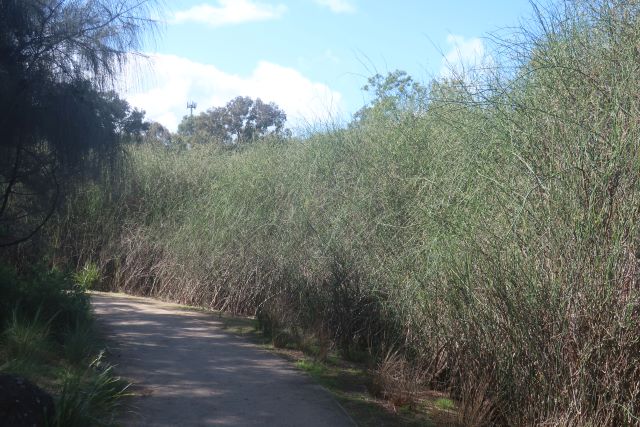
Through the data collected, the Superb City Wren project hopes to find out whether the shrubby vegetation patches planted at other sites in Royal Park are attracting birds. Will the birds cross busy roads to establish new colonies?
A series of wren walks around Royal Park , supported by information and survey sheets has been prepared to assist wren watchers. It is a partnership between the City of Melbourne, Birdlife Australia, RMIT and the University of Melbourne.
Managing urban parks
Royal Park was reserved for public purposes as early as 1854, and formally gazetted as a Park in 1876. Many of the large sugar gums on the perimeter of the Park were planted in the 1930s, nearly one hundred years years ago.
The City of Melbourne is guided by the Royal Park Masterplan. A masterplan was first adopted in 1984 following a design competition which established strong design principles for the park. The plan was updated in 1997 and is being reviewed again drawing on extensive data collection, a range of studies and community consultation.
Implementation of the Royal Park masterplan is supported by the Nature in the City Strategy. Royal Park now hosts a range of exciting biodiversity projects including the direct seeding project. In April 2020 nearly a million grass seed were sown in Gatehouse St in Parkville.
Look at it in March 2023!
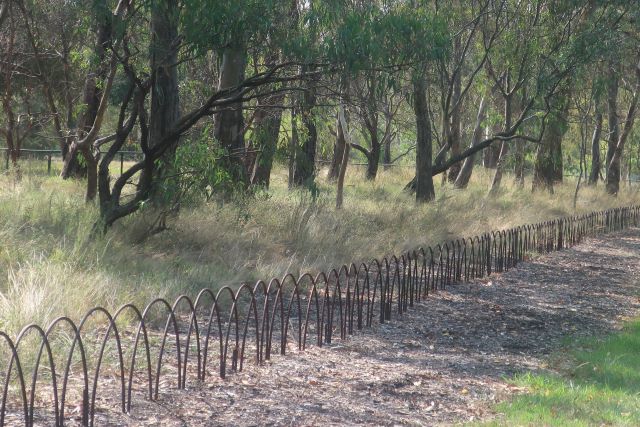
Westgate Park, by contrast, is a relatively new park. It was created in 1985 as part of Victoria’s sesquicentenary celebrations. The original design approach was an attempt to rescue a scarred and damaged landscape from years of sandmining, dumping and neglect. The terrain had been so upended and altered it was impossible to re-create what it might once have been. (The land would probably have been more akin to the low flat saltmarsh of Altona Coastal Park than what you see today.) Small hills made of landfill were created for visual interest. The early landscaping scheme was pretty basic. Just the network of paths and Australian natives, mainly from Western Australia.
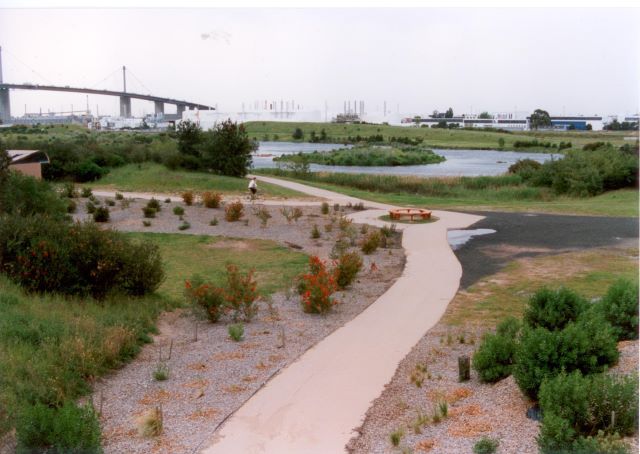
Only a fragment of remnant vegetation remains in Westgate Park – a stand of Shrubby Glasswort. Subsequent revegetation work has been volunteer led by Westgate Biodiversity: Bili Nursery & Landcarenote. The planting scheme aims to represent Melbourne’s original vegetation through zones based on Victoria’s ecological vegetation communities. The two lakes – one salt and one fresh – do not connect with the River. The Westgate Bridge’s presence is felt everywhere in the Park.
The oldest trees in Westgate Park are still young – about 30 years old.
While the Park’s trees may not (yet) support hollows for breeding parrots, Superb fairy-wrens find Westgate Park a good home. The vegetation gives them cover. It must also be rich in insects, their food. Gio reminds us again and again that insects are foundational and essential to the food web. We neglect insects to the peril of biodiversity.
Westgate Park is within the City of Melbourne’s municipal boundary but managed by Parks Victoria. With the growth of population anticipated at Fishermans Bend, Westgate Park will grow in importance as open space.
In December 2021, the City of Melbourne resolved to ask the State Government to become the Committee of Management of Westgate Park. On condition. “That the State Government provide funding for operating costs at Westgate Park for five years ($900,000 annually); or If funding is not available for operating costs, Council requests that Committee of Management arrangements commence in 2026.”3
A decision on the future management of Westgate Park has not yet been made.
Bringing Westgate Park into the family of the City of Melbourne’s parks would confer many benefits. The City of Melbourne has extensive experience in managing capital city urban parks. They have transformed stormwater into a reservoir and the gold of successful habitat creation for small birds at Trin Warren Tam-boore wetlands. The City has a leading urban forest strategy. It is committed to brining nature back into the city. It supports translating scientific research into influential projects that not only benefit biodiversity but people too.
Were the two parks to be under one management, thought could be given as to how they might relate to each other.
In all future landscape projects, let’s consider how we can become ‘fairy wren restorationists’ and create refuges for small birds. We know how to do it, and therein lies hope, says Gio.
To close with his words about why it matters: “The community of living things, with which we share space, matters beyond ecosystem services or threatened species legislation. It’s everything. It’s the richness of life. It’s the unknowable, surprising and the strange; along with the familiar, comforting and cyclical.”
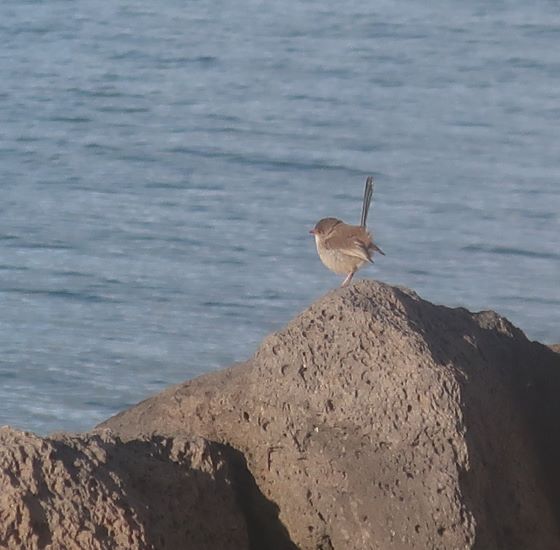
More
Note: Westgate Biodiversity: Bili Nursery & Landcare is made up of the former Friends of Westgate Park and Skinc (St Kilda Indigenous Nursery)
1Gio Fitzpatrick Suburb Fairy-wrens Yalukit Willam Nature Association March 2023 Newsletter.
2 Superb City Wrens An urban citizen-science project A project of City of Melbourne, BirdLife Australia, The University of Melbourne and RMIT University.
3 City of Melbourne Council report Westgate Park Committee of Management 14 December 2021

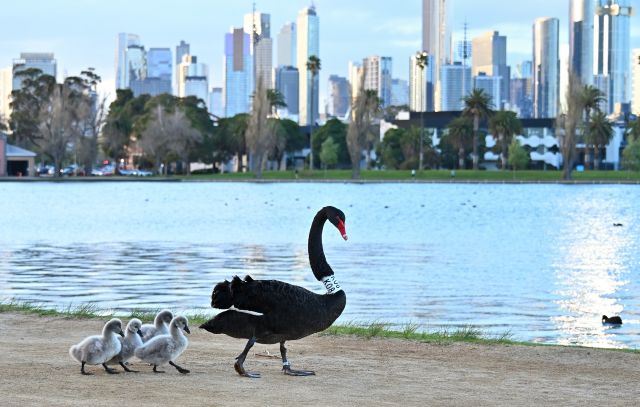

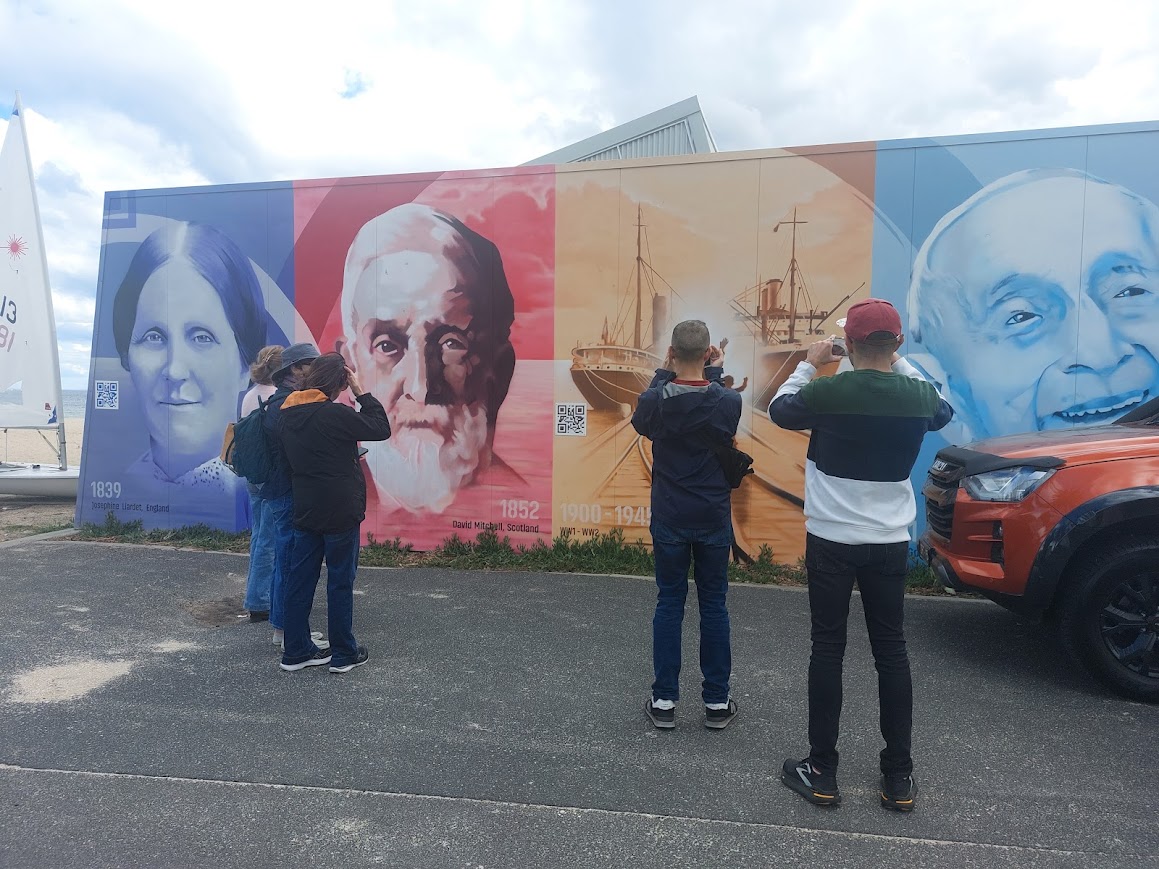
Anon
Yet another truly magnificent educative report. Thank you,Janet. The Port Melbourne History Facebook Page will draw its thousands of members attention to it, if that's OK.